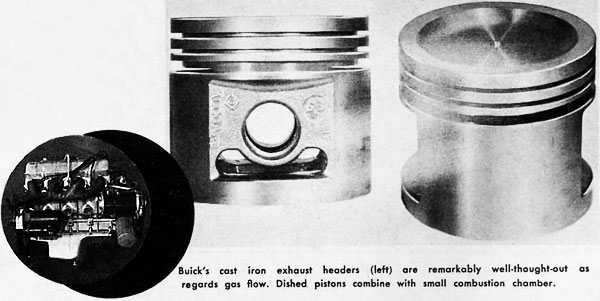NickDunning
Active Member
Folks:
Question from John Windwood which I can't answer:
"I have here a set of BL boxed pistons for the Rover V8 engine. The part numbers on the boxes indicate that they are 10.5:1 CR, BUT I have discovered that they are not actually new, but barely worn second hand, which implies to me that they might not be the right part numbers. The only guide I have to identity is a Hepolite number cast into them-614500-and they have the letter B" stamped into the crown.
I have been unable to confirm what they are-can you help?"
Who's going to be the first with the info
Thanks
Nick
Question from John Windwood which I can't answer:
"I have here a set of BL boxed pistons for the Rover V8 engine. The part numbers on the boxes indicate that they are 10.5:1 CR, BUT I have discovered that they are not actually new, but barely worn second hand, which implies to me that they might not be the right part numbers. The only guide I have to identity is a Hepolite number cast into them-614500-and they have the letter B" stamped into the crown.
I have been unable to confirm what they are-can you help?"
Who's going to be the first with the info
Thanks
Nick




